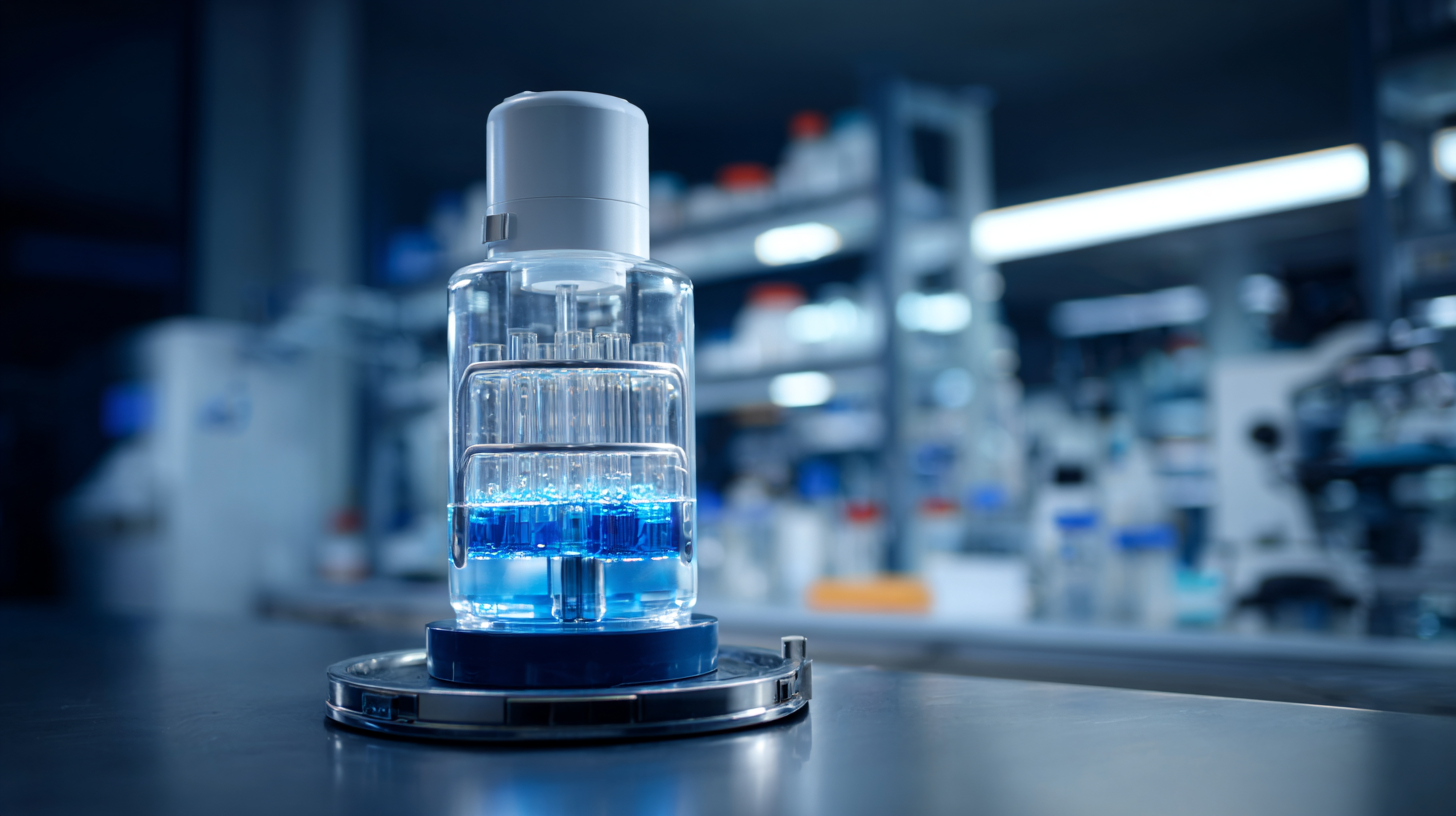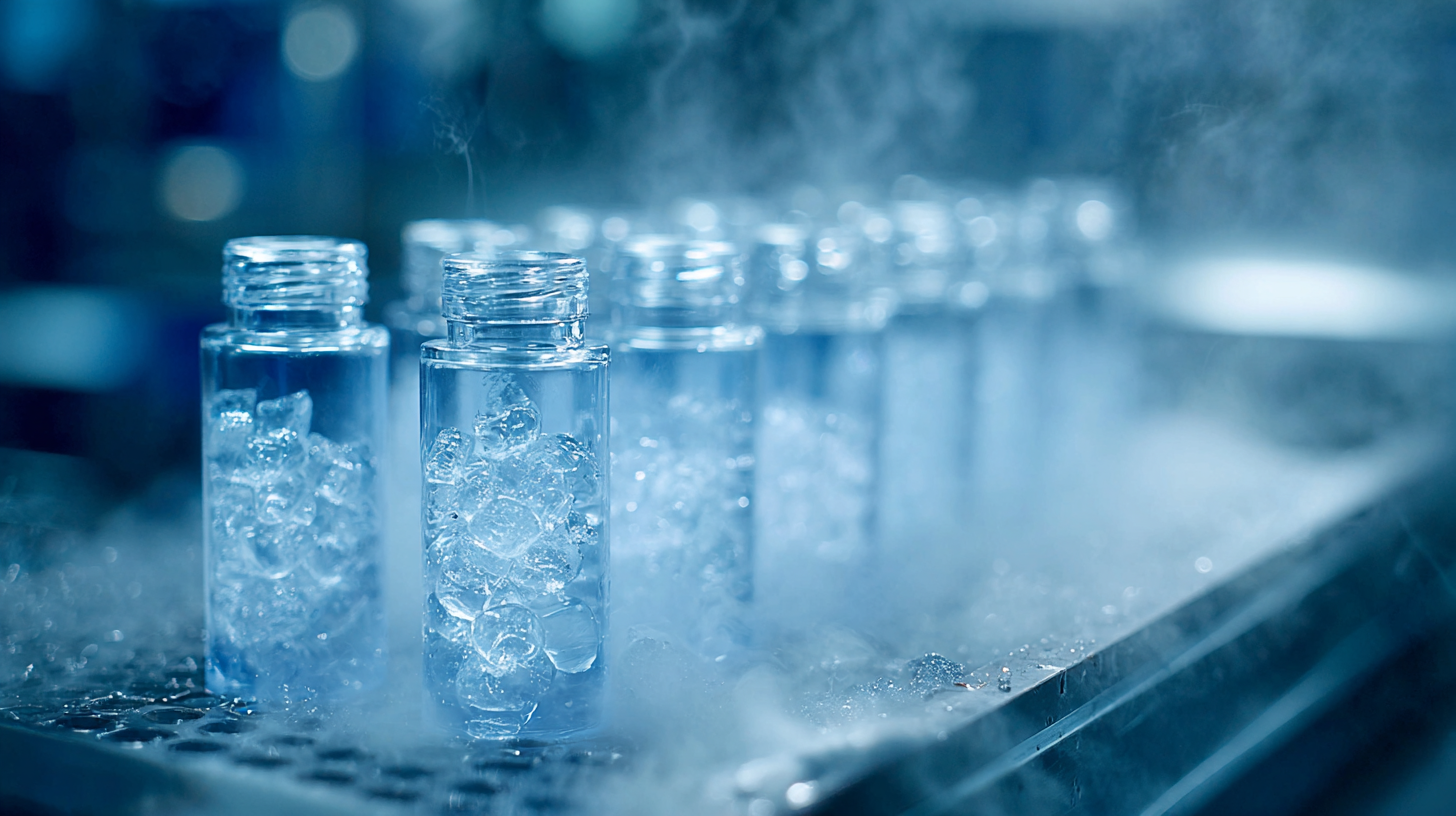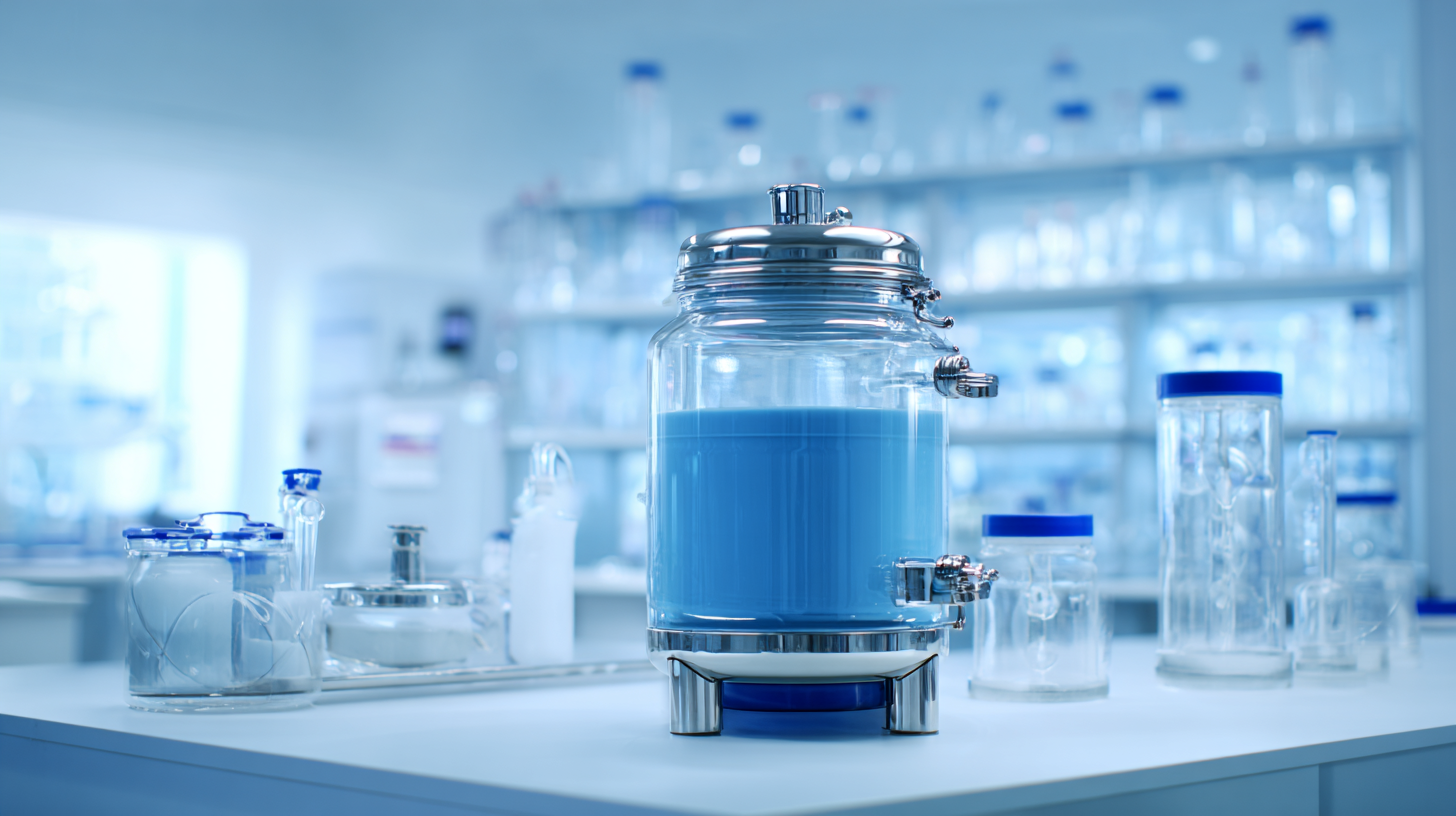
-
Home
-
About us
-
Products
-
Solutions
-
News
-
Blog
-
Contact us
Leave Your Message

In the realm of scientific research and industrial applications, the importance of optimal storage solutions cannot be overstated, particularly when dealing with temperature-sensitive materials.  Cryogenic Dewars have emerged as indispensable tools in laboratories worldwide, ensuring the safe and efficient storage of cryogenic liquids at temperatures as low as -196°C.
Cryogenic Dewars have emerged as indispensable tools in laboratories worldwide, ensuring the safe and efficient storage of cryogenic liquids at temperatures as low as -196°C.
According to a report by MarketsandMarkets, the global cryogenic equipment market is expected to reach $27.1 billion by 2025, highlighting the increasing reliance on technologies that enhance storage efficiency and safety. As laboratories strive to maximize their resources while minimizing risks, selecting the best Cryogenic Dewar becomes critical. This choice not only affects the integrity of stored materials but also impacts operational costs and safety protocols, making it essential for researchers and engineers to weigh their options carefully.
In this blog, we will explore key factors to consider when choosing a Cryogenic Dewar to ensure optimal storage efficiency tailored to your laboratory's unique requirements.
Cryogenic Dewars are essential tools in laboratories for the safe storage of liquefied gases at extremely low temperatures, such as nitrogen at -196°C. According to the Cryogenic Society of America, the importance of selecting the right Dewar cannot be overstated, as improper storage can lead to significant losses of valuable samples. A well-chosen Dewar not only improves sample integrity but also enhances operational efficiency.
When evaluating cryogenic Dewars, several critical features should be considered, including thermal efficiency, volume capacity, and construction materials. A study by the American Institute of Physics notes that Dewars with double-wall construction provide superior insulation, reducing heat transfer and evaporation rates. Models equipped with advanced vacuum technology can maintain contents for extended periods, significantly minimizing resource waste. Additionally, the right Dewar model can optimize storage space, allowing researchers to maximize their use of laboratory real estate while ensuring that samples are kept in optimal conditions. Understanding these essential features enables laboratories to invest wisely in cryogenic solutions that cater to their unique storage needs.
When selecting a cryogenic Dewar for your laboratory, evaluating the storage capacity is crucial for optimal performance. The right size Dewar can significantly enhance your storage efficiency, as different experimental setups may require varying quantities of cryogenic liquids. According to reports from industry professionals, the volume of liquid nitrogen (LN2) typically ranges from 10 to 200 liters in standard Dewar models, with specific models designed to maintain lower evaporation rates for larger quantities.

Additionally, consider the application-specific needs when choosing the Dewar size. A recent analysis indicated that improper sizing might lead to increased operational costs, which can be as high as 30% due to excessive usage of refill cycles and energy consumption. For instance, laboratories needing frequent access to LN2 for sample preservation might benefit from larger capacity Dewars with enhanced insulation to minimize heat transfer. This balance between capacity and thermal efficiency can influence both your experimental outcomes and the overall cost-effectiveness of your laboratory operations. Thoughtful evaluation of Dewar size not only supports your research goals but also aligns with best practices for resource management.
When selecting a cryogenic Dewar, the construction material plays a pivotal role in ensuring durability and optimal storage efficiency. Dewars are typically made from materials like stainless steel, aluminum, and glass. Each material has unique properties that affect performance. Stainless steel offers excellent durability and resistance to corrosion, making it ideal for high-use environments. On the other hand, aluminum is lightweight and offers good thermal performance, which can be beneficial for transporting samples. Glass, while not as durable as metals, provides visibility and chemical resistance for specific applications.
**Tip 1:** When evaluating a Dewar's construction material, consider your laboratory's specific needs, such as exposure to corrosive substances or frequent relocations.
**Tip 2:** Always check for double-walled construction, as this significantly enhances insulation and minimizes heat transfer, keeping your samples at the desired temperature for longer periods.
By focusing on the right materials, you can ensure that your Dewar withstands the rigors of lab work while maintaining efficient storage of cryogenic substances.
| Dewar Size (Liters) | Material | Vacuum Insulation Type | Weight (kg) | Typical Usage | Price Range (USD) |
|---|---|---|---|---|---|
| 2 | Aluminum | Standard | 5 | Biological Sample Storage | 300 - 500 |
| 10 | Stainless Steel | High-Performance | 15 | Cryopreservation | 700 - 900 |
| 20 | Carbon Fiber | Ultra-High Vacuum | 25 | Large-Scale Sample Storage | 1200 - 1500 |
| 50 | Aluminum | Standard | 35 | Industrial Applications | 1500 - 2000 |
| 100 | Stainless Steel | High-Performance | 50 | Biotechnology Research | 2500 - 3000 |
When considering the safety implications of cryogenic storage, it is paramount to select a Dewar with robust safety features to mitigate risks. A well-designed Dewar should include safety valves that can relieve pressure and prevent the build-up of dangerous gases. It’s also vital to choose models that come with protective neck rings or covers, which can shield users from the extremely low temperatures that could lead to frostbite and cold burns. These features significantly enhance the safety of handling and transferring cryogenic liquids.
Proper training and protocols for laboratory personnel are equally essential when dealing with cryogenic Dewars. Users should be educated on the safe handling practices, including the use of personal protective equipment (PPE) such as gloves and face shields. Furthermore, keeping the storage area well-ventilated is crucial since cryogenic liquids can displace oxygen in the air. This ensures a safe working environment and reduces the chances of asphyxiation. By prioritizing safety in the selection and utilization of cryogenic Dewars, laboratories can effectively protect their personnel while maintaining optimal storage efficiency.
This chart illustrates the relationship between different types of cryogenic dewars and their storage efficiency along with safety considerations such as weight and handling ease.
When selecting a cryogenic Dewar, understanding the offerings from global manufacturers is crucial for ensuring quality and innovation. According to a recent report from IBISWorld, the global cryogenic equipment market is projected to reach $20 billion by 2027, with a compound annual growth rate (CAGR) of approximately 5.5%. This growth reflects increasing demands from sectors such as healthcare, aerospace, and energy, pushing manufacturers to enhance their quality standards and technological advancements.
Notable players in the cryogenic Dewar market include companies such as Thermo Fisher Scientific, Linde Group, and Air Products. Thermo Fisher, for example, has recently introduced a new line of Dewars that feature improved insulation technology, allowing for longer retention of cryogenic liquids with up to 30% lower evaporation losses compared to previous models. Meanwhile, Linde Group focuses on sustainable innovation, integrating smart monitoring systems that track the temperature and pressure of stored gases, thus optimizing operational efficiency. Such advancements not only highlight the competitive landscape of cryogenic Dewars but also emphasize the importance of aligning selection criteria with the industry’s rigorous quality standards.
